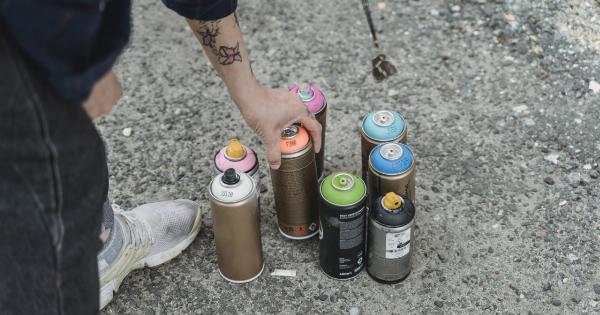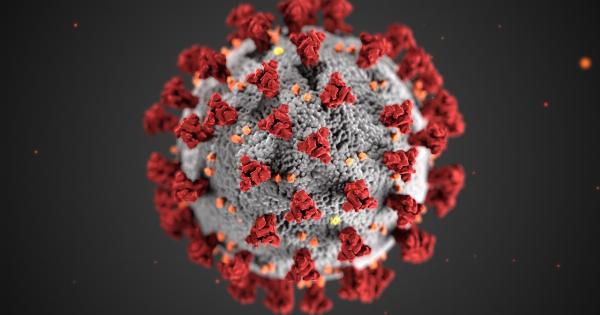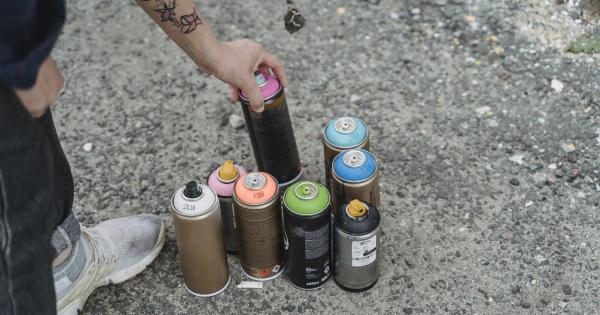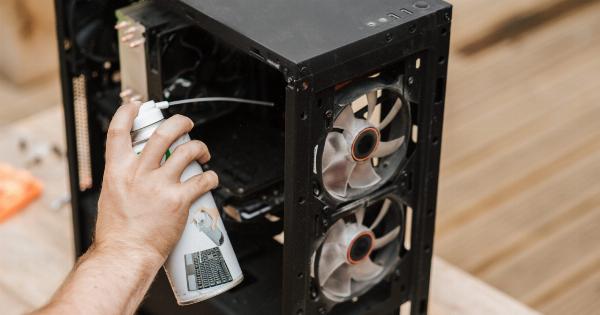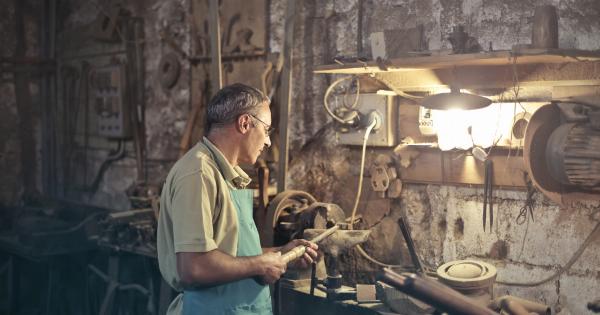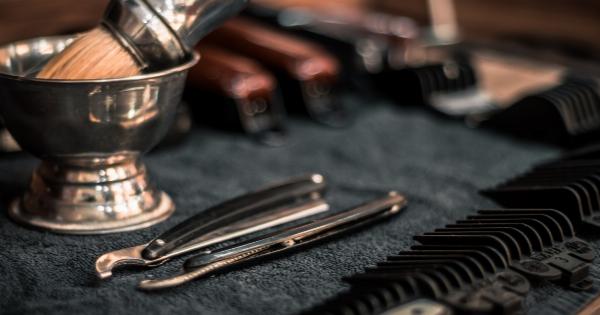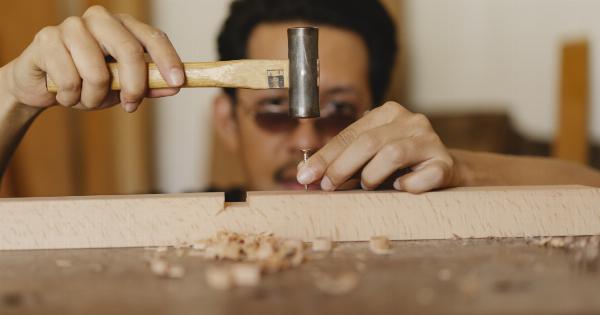Undergoing a nose job, or rhinoplasty, can drastically improve one’s appearance and boost confidence. However, not all results are successful, leading to a condition known as a “botched nose job”.
This can be a difficult and frustrating experience, but fortunately, there are options available for correcting the issue. In this article, we will discuss the options available for correcting a botched nose job and how to choose the best course of action.
Why do nose jobs sometimes go wrong?
A botched nose job can occur due to various reasons. These may include:.
- Unskilled surgeons or cosmetic clinics
- Incorrect assessment of the patient’s nasal structure
- Improper or inadequate post-operative follow-up care
- Insufficient communication between the surgeon and the patient
- Underlying medical issues such as infections or allergies
- Accidents or mistakes during the surgery
What are the signs of a botched nose job?
Some common signs of a botched nose job include:.
- Asymmetry or unevenness
- Bumps, dents, or depressions on the nose
- Difficulty breathing through the nose
- Excessive bleeding or swelling
- Persistent pain or discomfort
- Skin discoloration or scarring
What are the options for correcting a botched nose job?
There are several options available for correcting a botched nose job. These include:.
Revision rhinoplasty
Revision rhinoplasty is a surgical procedure that corrects the mistakes of a previous nose job. It involves reshaping the nose and reconstructing the cartilage and bone structure to achieve the desired result.
This procedure is more complex and challenging than the initial nose job, thus requiring a highly skilled surgeon with extensive experience in revision rhinoplasty.
Non-surgical rhinoplasty
Non-surgical rhinoplasty is a non-invasive procedure that uses fillers such as hyaluronic acid to correct minor imperfections in the nose, such as bumps, asymmetry, or irregularities.
This procedure does not require any downtime, and the results can last up to 18 months. However, it is not suitable for correcting major deformities or improving breathing problems.
Nasal splinting
Nasal splinting is a non-surgical procedure that uses a medical-grade silicone splint to adjust and reshape the nasal structure. This procedure is suitable for correcting minor deformities, such as a deviated septum or a slightly crooked nose.
The process involves inserting the splint into the nasal cavity and leaving it in place for a specified period. Once the splint is removed, the nose will have a more symmetrical appearance and better breathing function.
Wait and see approach
In some cases, the best option is to allow the nose to heal naturally and to re-evaluate the situation after the swelling and bruising have subsided.
It is generally recommended to wait at least 6-12 months before undergoing any corrective procedure to allow the scar tissue and nasal structures to heal fully.
How to choose the best option for correcting a botched nose job?
Choosing the best option for correcting a botched nose job can be a challenging decision. Here are some factors to consider:.
- The severity of the deformity
- The patient’s medical history and health status
- The patient’s aesthetic goals and expectations
- The cost and recovery time of the procedure
- The skills and experience of the surgeon performing the procedure
- The potential risks and complications of the procedure
Conclusion
A botched nose job can be a frustrating and distressing experience. However, there are various options available for correcting the issue, such as revision rhinoplasty, non-surgical rhinoplasty, nasal splinting, and a wait-and-see approach.
The best option depends on several factors, such as the severity of the deformity, the patient’s health, aesthetic goals, recovery time, and surgeon’s skills and experience. It is recommended to consult with a qualified and experienced surgeon to evaluate the situation and choose the best course of action.





